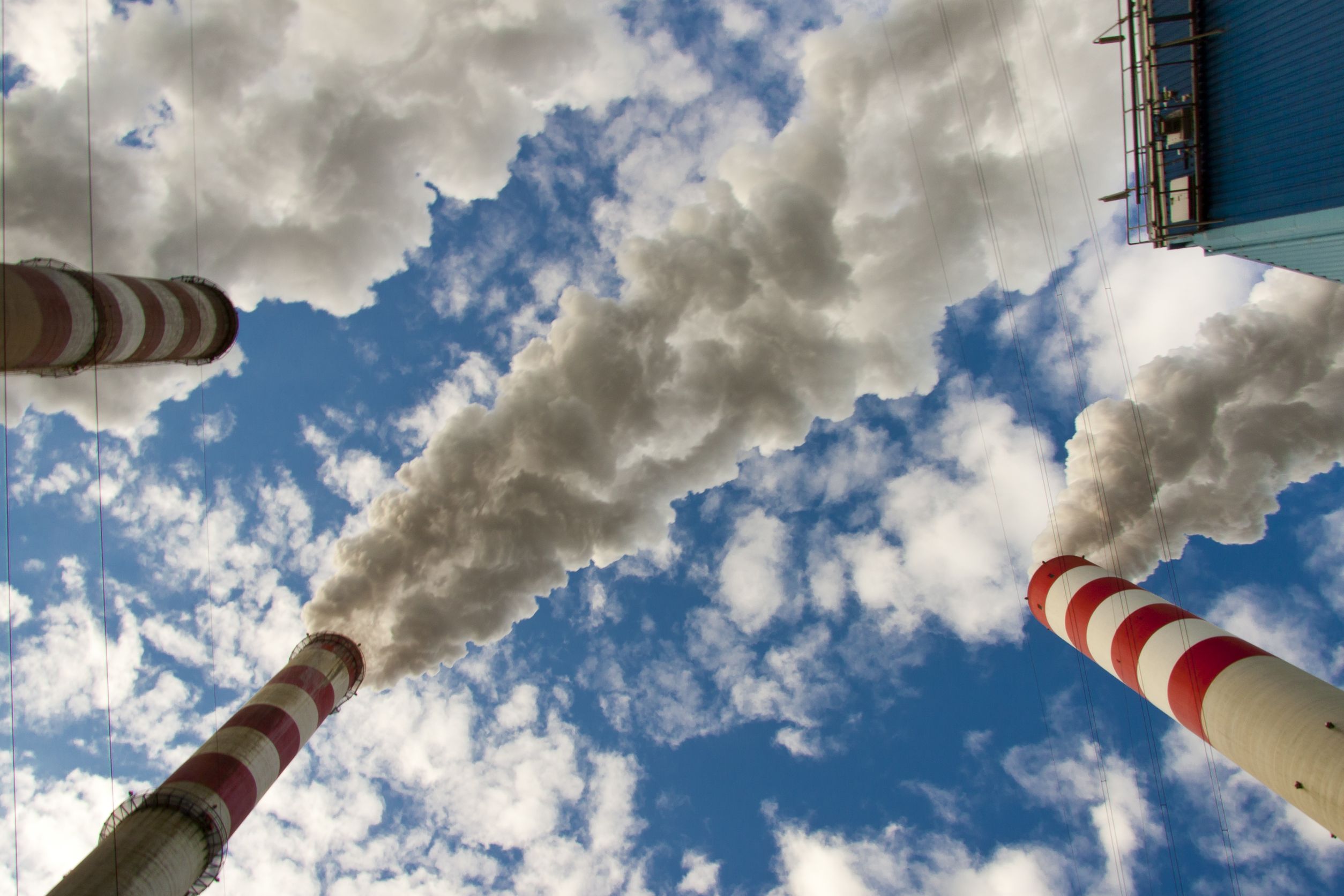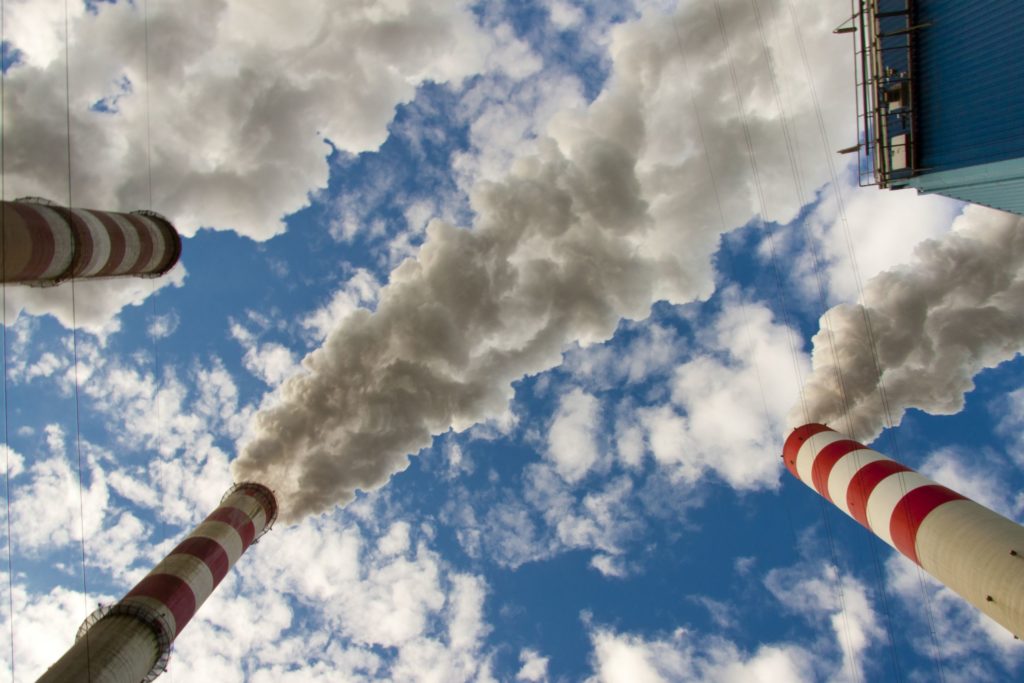
Atmospheric transport numerical modeling is becoming a very useful tool for severe air quality episodes and odour complaint management.
The current industrial development and its necessary economic growth is everyday more sensible to citizen environmental awareness and local environmental complain resolution. Atmospheric emitting activities is a current subject of discussion.
A question may come out from the operator point of view: ¿How to operate while minimizing environmental impacts and local complaints?
Although plant productivity and operability are a fundamental factor for productive operations feasibility, citizen awareness and its corresponding administrative prescriptions are increasingly becoming a “stakeholder” factor for activity running. Local environmental conflicts are becoming a more common discussion subject in which the local citizen criteria is considered when plant operational activity definition.
Considering this current scenario, we could also ask ourselves: ¿How could science contribute to this recurrent situation?
In the last decade, deterministic numerical modelling capabilities to reproduce the behavior of the atmosphere over a specific region have improved significantly. This important technological advance has helped to develop advanced analytical tools that are capable to precisely reproduce local meteorological phenomena that could affect an atmospheric dispersion process.
One clear example for the applicability of atmospheric modeling technology is the so-called wind trajectory analysis. Wind trajectories analysis enable to understand the path that a certain pollutant or particle emitted from a specific location would follow along a certain period. This scientific approach becomes a valuable methodology to understand the influence of wind conditions over a specific atmospheric dispersion process onto the environment as well as the corresponding locations that could be exposed.
Computing modelling technological advances also enable us today to consider different meteorological timeline input conditions (past, present and future) which expands the analytical capabilities for wind trajectory analysis. Back-trajectory analysis methodologies helps to identify the emitting origin of a certain air mass that may have travelled across a specific geographic location in a specific moment. Therefore, back-trajectory capabilities help to “track” potential locations and even emission sources that could have originated a certain air quality and/or odour nuisance event.
The experience that we have been able to achieve along the last years in the atmospheric pollutant transport modelling allows us to confirm that the use of trajectory and back-trajectory simulation systems can be used a representative and useful tool for air pollution episodes and annoying odour complain management.
Delivering a technical analytical capacity that, in a matter of few seconds, enables the operator to evaluate the origin or direction of a certain atmospheric emission process along different time horizons (past, present and future) becomes a relevant and valuable information in order to implement preventive, corrective or mitigation action in time.
Examples of this technology application into the environmental management decision making process may be currently seen along different nature industrial sectors as well as in environmental regulation bodies. Due to different perspectives and/or environmental competences, we may estimate a growing trend in the use of this methodologies not only from the perspective of the plant operator (prevention, mitigation and communication) but also from the environmental regulator itself (prevention, control and dissemination).



